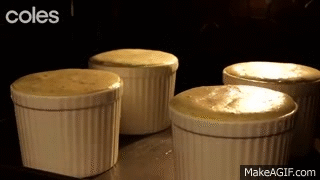I once watched a show where an assassin visits Times Square and Shibuya Crossing Tokyo and declares that the world is sick with capitalism. An understandable sentiment, if you look at the fact that millions of people and tourists throng to these city blocks that are just skyscrapers emblazoned with corporation advertisements that play 24*7 screaming consume, consume, consume. To some extent, this extends to food. Portions get larger, portmanteaus more ridiculous.

Which is where the freakshake comes in, I suppose. A freakshake can best be defined as diabetes in a sitting, a milkshake designed to fulfill half of your daily caloric value in sugar, an excess of the most decadent proportions. With freakshakes came a trend of food made for Instagram, meter-long pizza slices, cotton-candy burritos, each trendier than the other and more dense in calories than the other.
While many of these foods are snapped for the ‘gram, half finished and half wasted, it raises the question that if we focused on food insecurity rather than consumer gluttony, how far could we go?


























 A sandwich is an easy go to meal, with so many options you can put between equally many options of breads. Everyone has a favorite sandwich, their go to, something from their childhood lunchbox or late night snack. Some of my favorite sandwiches are:
A sandwich is an easy go to meal, with so many options you can put between equally many options of breads. Everyone has a favorite sandwich, their go to, something from their childhood lunchbox or late night snack. Some of my favorite sandwiches are:






















